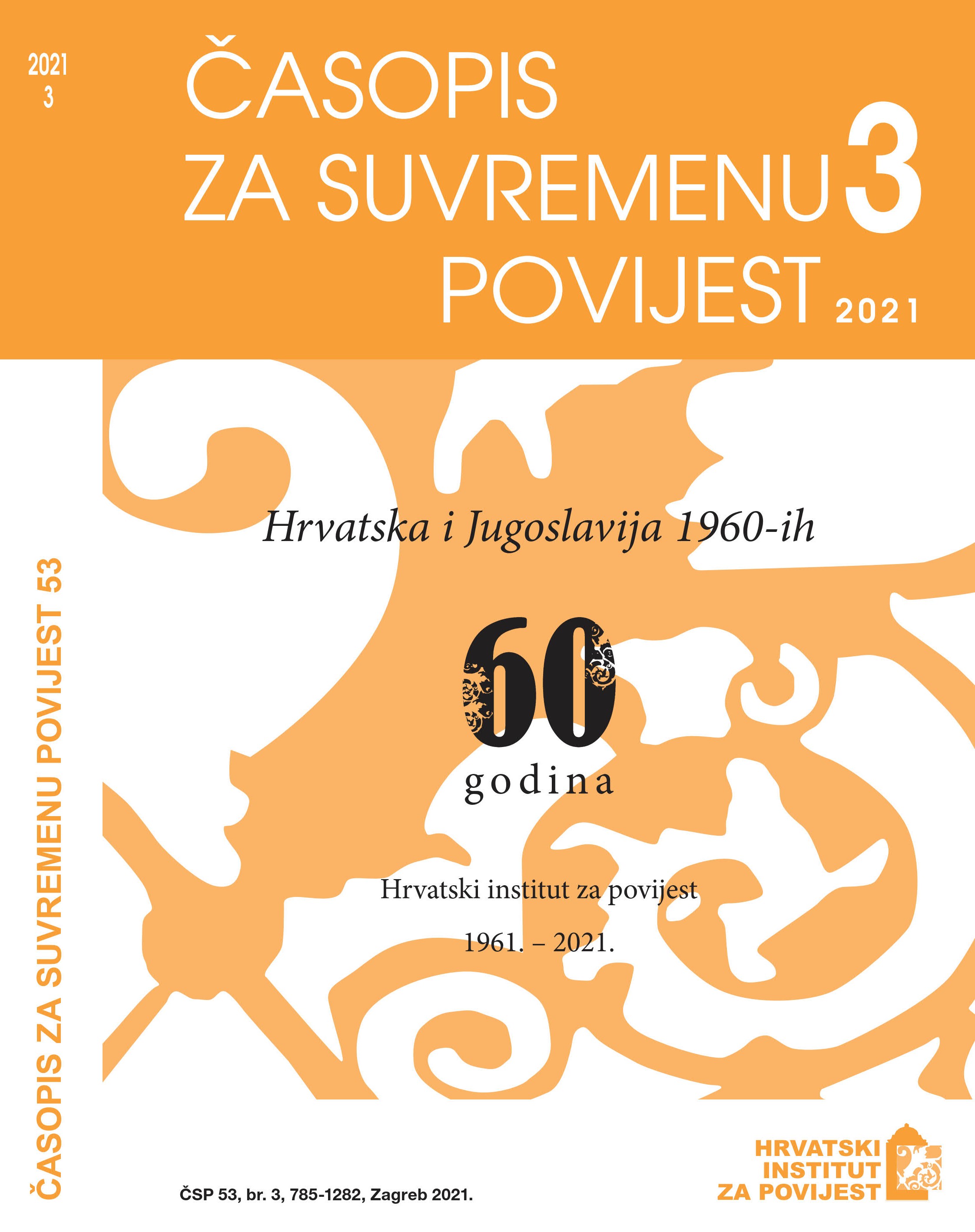Turističko i prostorno planiranje u Hrvatskoj i Jugoslaviji 1960-ih
Touristic and Spatial Planning in Croatia and Yugoslavia in the 1960s
Author(s): Jasenka KranjčevićSubject(s): Rural and urban sociology, Post-War period (1950 - 1989), History of Communism, Tourism
Published by: Hrvatski institut za povijest
Keywords: touristic planning; spatial planning of tourism; history of spatial planning and tourism; 1960s; Croatia; Yugoslavia;
Summary/Abstract: Based on the contemporaneous and recent (domestic and foreign) literature and spatial plans, this paper examines the relationship between touristic and spatial planning in Croatia and Yugoslavia in the 1960s. The relationship is determined using the analytical-interpretative method of the then socio-political system, tourism and spatial policy, social planning, administrative bodies, institutions specialised for planning, tourist traffic, produced spatial plans, the intensity of building accommodation capacity, etc. In the first period after the end of the war, tourism developed in an uncontrolled manner because it was not the subject of coordinated socio-economic and spatial plans. Due to a growing interest for the inflow of foreign currencies from foreign tourists, tourism gradually gained significance and was regularly given priority in development plans. The new approach to spatial planning was most visible in the developed methodology of spatial plan production and the hotel architecture and constructed hotel complexes. Since the Croatian coast had the longest Adriatic shoreline in the then Yugoslavia, the longest tradition of tourism, and was the flagship among the republics in tourism development projections and the spatial planning of tourism (because of the developed methodology of plan production), the largest number of touristic spatial plans during the socialist period were made for the Croatian Adriatic coast (on multiple levels), and the greatest investments were made in building hotel capacity there. Despite the initial idea of developing tourism and equal accommodation options for all, the new tourism planning model transformed away from this basic idea and gave priority to exponential economic growth. This new approach to tourism was most visible through the establishment of a new network of organisations and institutions for planning tourism and tourism planning in a broader spatial context rather than only on the level of individual investments. All factors regarding the implementation of social plans could not have been taken into account because all the administrative and reorganisation factors as well as the dramatic events of the socio-political and economic system as a whole that took place in the 1990s could not have been predicted. The proper methodological steps for continued and coordinated planning in the 1960s introduced significant changes into the system of touristic and spatial planning. After the implementation of the plans began, the complexities of planning (numerous unpredictable factors) that influenced their realisation became apparent. The practice of planning was further complicated because plans often acted in an abstract and contradictory manner in a political system that had a limited capacity for realising quality—and in some cases utopian—plans.
Journal: Časopis za suvremenu povijest
- Issue Year: 53/2021
- Issue No: 3
- Page Range: 1183-1208
- Page Count: 26
- Language: Croatian

